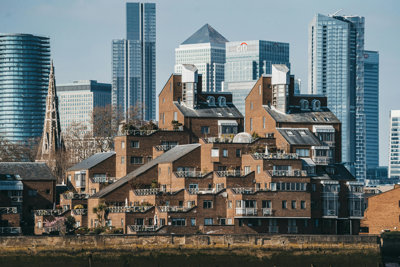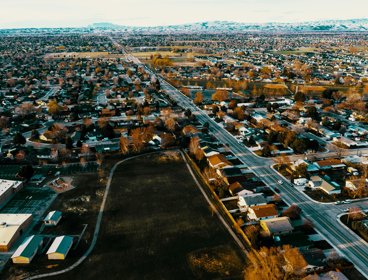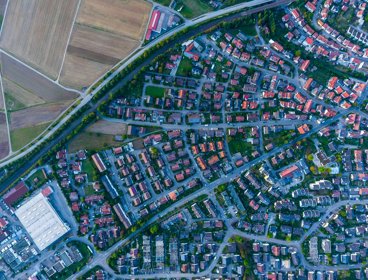Introduction
There is a shortage of housing in the UK, especially in cities like London. Many people want to live and work in the capital, but house prices are extremely high. Between April 2024 and March 2025, the mean house price in London was £671,000 (or £515,000 for the median). These high prices mean that many people are priced out of the area resulting in the closure of services such as primary schools (as young families cannot afford to live near them) and young professionals living in their family home for far longer than the previous generations.
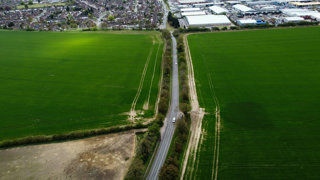
One possible solution is to build more homes by expanding the city into surrounding green belt land. But is this solution a viable and sustainable one?
What is a Green Belt?
A Green Belt is an area of protected countryside around cities and core urban areas. The London Green Belt was officially created in 1938 to stop it from growing too fast and swallowing up nearby villages and green spaces. Today, approximately 15 urban areas in England have Green Belts and they cover around 12.6% of the land.
A Green Belt is meant to protect nature, give people access to open space, and stop urban sprawl. However, most of this land is privately owned - such as farmland, golf courses, or hospital grounds - and only about 10 -15% is open to the public.
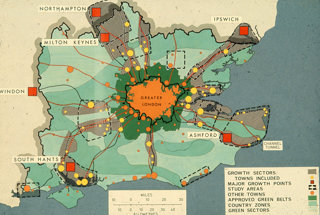
Back in 1938, London’s population was 8.6 million. By 2025, it's grown to 9.3 million, with a much higher population density.
1939 was originally the peak of urbanisation in London - it took over 80 years for this number to be surpassed by a new era of growth. However, over this time, landuse within the city changed to accommodate more office, leisure and retail spaces rather than housing, putting further pressure on the housing market.
Over the years, due to planning loopholes (for example, building on old brownfield sites such as old hospital sites) have meant that the Green Belt has slowly been eroded over time and some land being classified as ‘grey belt’ due to its poor environmental condition.
Benefits of building
London is very crowded. With a population density of 5,643 people per km2 (2025), the infrastructure designed for a smaller population is under pressure. For example, an average of 3.23 million people used the London Underground per day in 2023. Potentially, by people moving further out from the city, the pressure on the system could change. However, if building on the Green Belt does go ahead, increasing transport capacity should be considered when developing, as there is likely to be more demand.
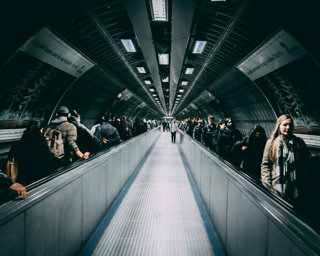
City Hall states that London needs 88,000 new homes every year for the next 10 years to accommodate the increased demand in housing. If more homes are built, especially in the outer areas of the city, it might help lower house prices and make it easier for people to afford to live nearby.
Some of the land being discussed for development isn’t truly green field - it’s brownfield land or environmentally damaged land (grey belt). Instead of harming nature, building here could improve the environment, especially if new homes follow more sustainable building practices and planning includes designated green spaces.
Costs of building
Building new homes is expensive. Industry reports have suggested that construction costs have risen by approximately 15-20% since 2020, mainly due to increased costs of materials and labour. High costs mean developers don’t always build enough affordable housing. Even if lots of homes are built, prices might still stay high if demand continues to grow faster than supply. For example, the popular town of Beaconsfield in Buckinghamshire’s average house prices reach £975,434 due to its commutable green belt location.
Green spaces are also important for health and wellbeing. London is known as one of the greenest cities in the world, but much of this green space is noisy and crowded. The green belt offers peaceful areas where people can relax and escape within close proximity to the city. Losing this could potentially harm people’s mental health.
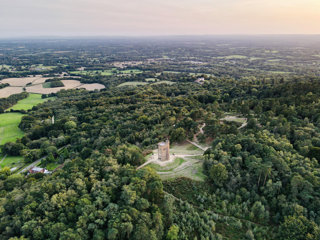
Even though Londoners earn more than most people in England and Wales, the average person still needs to earn nearly 13 times their yearly salary to buy a medium-priced property in the city. In comparison, the national average is 8.14 times making living in other parts of the country more affordable. There are fears that even if more housing becomes available, demand for this could still outweigh supply, meaning that prices will remain high and unaffordable for most family incomes.
Further reading
Labour unveils plans for new housing on ‘grey belt’. BBC 19th April 2024
Sadiq Khan to announce plans to build houses on London green belt. The Guardian 9th May 2025
